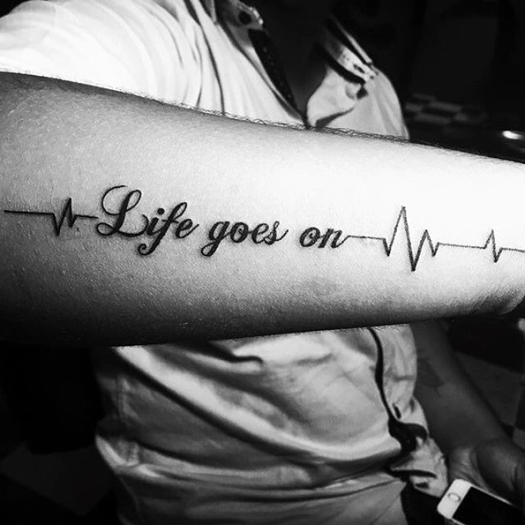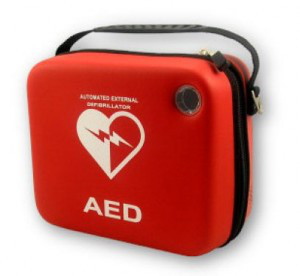
So it has been a while since we last posted, summer has passed, children are back at school and people have gone back to work. Life Goes on……….But what happens when life suddenly stops? more specifically when the heart stops! Would you know what to do? would you be able to recognise it.

Lets start with some figures and i am sure this will surprise you quite a bit. A new report, Resuscitation to Recovery, reveals that currently just 8 per cent of patients survive a cardiac arrest in England, and less than half (30-40%) of bystanders intervene when they witness someone collapse. (www.bhf.org.uk) Scary isn’t it? would you be confident enough to help someone who collapsed in the street? would you be able to help a loved one if this happened at home? A cardiac arrest can happen anytime, anywhere. Sometimes even the professionals can get caught out….
What is a Cardiac Arrest?
Many people use the term heart attack and Cardiac arrest interchangeably but a heart attack and a cardiac arrest are very different and are not the same thing.
BOTH are life threatening and can be deadly, but a heart attack and a cardiac arrest are very different. A cardiac arrest, also known as cardiopulmonary arrest, happens when your heart suddenly stops pumping blood around your body. this can be as a result of a heart attack, drugs, illness or from a traumatic incident. Someone who has had a cardiac arrest will collapse unconscious.Their breathing will stop sometimes it may be noisy or irregular (this is known as agonal breathing, if in doubt start CPR) , and they will be unresponsive.
When a cardiac arrest happens there is no time to lose, it is a life-threatening emergency and calling 999 is vital. While waiting for an ambulance performing CPR (Cardio-pulmonary resuscitation) can help keep a person alive.
How to perform CPR
Although it can be very scary, you MUST remember what you are doing will be helping give the person the best possible chance of survival. Get yourself on a quality assured course become proficient in the simple skills.
Check for Danger – to you and the patient
Check For a Response ARE THEY AWAKE? TALKING TO YOU
Check Airway – Tilt the head back gently (Head tilt, Chin Lift)
Check Breathing – are they breathing (no longer than 10 seconds)
If NOT breathing Shout for help/Call 999 and start CPR immediately
Chest Compressions
Put your hands on the centre of their chest (one hand over the other) push down hard 30 times
Rescue Breaths
Tilt the head back, pinch the nose closed and make a seal around their mouth with your mouth and blow – watch for their chest to rise and fall and repeat. (Twice ONLY) then continue the cycle until help arrives.
In the majority of cases, the killer reason causing the cardiac arrest is caused by an abnormal heart rhythm called ventricular fibrillation (VF).
VF is an electrical fault, where the electrical activity of the heart gets so chaotic the heart stops pumping suddenly, and quivers instead.

This CAN be rectified either by the Paramedics and now YOU. yes YOU……. More and more we are seeing publicly available defibrillators also known as AED (Automatic External defibrillator). If one is available get someone to get it and follow the instructions.
Unlike television people do not normally regain consciousness and get up after a little bit of CPR so do not be surprised if nothing seems to have changed whilst you are waiting for help. DO REMEMBER that what YOU are doing is giving them every chance of survival.
CPR WORKS
Be Safe……………………………………..
Advertisements Share this:





